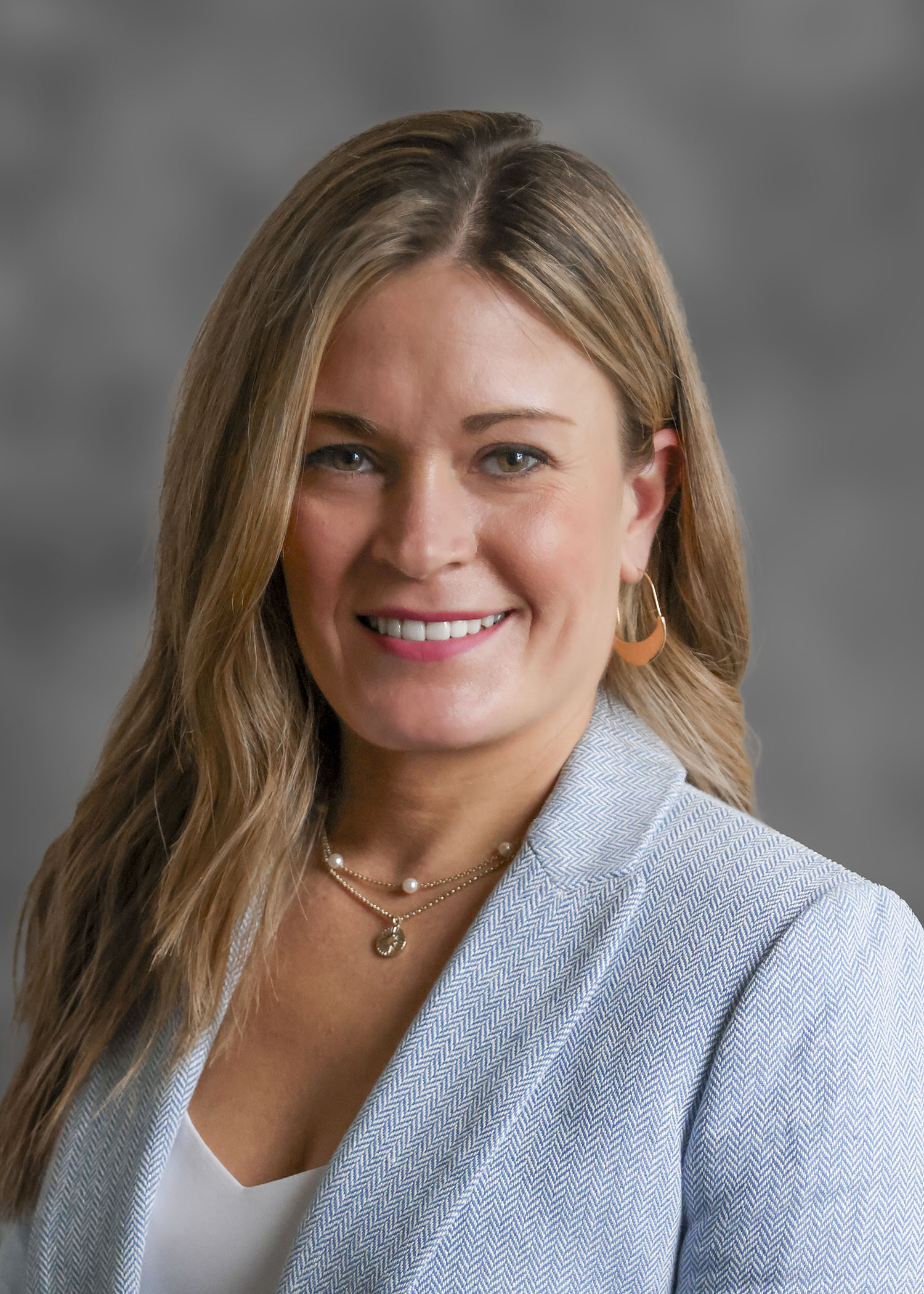When he was a child, Col. Pete Atkinson, USA, spoke with family members who served in the military and learned about their service. His grandmother was an Army Nurse Corps officer, one grandfather was an infantry soldier who fought in the Battle of Guadalcanal, and his other grandfather was a Merchant Marine who was commissioned as a Coast Guard officer to deliver critical war supplies to Europe and Africa. An uncle served in the Vietnam War as a cavalry scout.
“Their stories inspired me at an early age,” he said. “They emphasized the call to serve our nation during periods of war as well as the camaraderie among servicemembers.”
This inspiration led Atkinson to join Army Junior ROTC in high school and then attend Georgia Military College on an ROTC scholarship with the desire to serve as a Special Forces officer.
Upon commissioning, he served two years with the Florida Army National Guard as an infantry officer and then transitioned to active duty and served as a rifle platoon leader, scout platoon leader, and operations officer with the 10th Mountain Division (Light Infantry). Once eligible, he volunteered for Special Forces Assessment and Selection and completed the Special Forces Qualification Course. As a Special Forces officer, he served with 5th Special Forces Group (Airborne) as a detachment commander, company commander, and executive officer.
But after serving a decade as a Special Forces officer, Atkinson, a Life member of MOAA, made a career pivot to become a space operations officer. Today, he serves as the Space Division chief with the Strategic Operations Directorate at Headquarters, Department of the Army, at the Pentagon, leading a small team of space professionals who provide space subject-matter expertise to Army senior leaders.
[RELATED: More MOAA Members in the Spotlight]
“Our division recently helped develop and publish the Army Space Vision ... [which] directs the Army to concentrate on integrating friendly joint, coalition, and commercial space capabilities and interdicting adversary space capabilities to protect friendly forces,” he said. “This impactful two-page document, signed by the secretary of the Army, chief of staff of the Army, and sergeant major of the Army, articulates the future of the Army space program.”
A lesson he said he has learned along the way is “no one is going to manage your career better than you.”
“I’ve had three distinct career fields — infantry, Special Forces, and space operations — and each pivot came with risk,” he said. “What I came to realize is that with every career pivot, I opened more doors than I closed. When you follow your passions, your performance tends to shine. It is never too late to reinvent yourself, and your time in uniform goes by quickly.”
Atkinson admits he did not intend to make the military a career, but the journey has been rewarding.
From deploying overseas in support of six combat tours, making 16 permanent changes of station spanning nine states, and earning a ranger tab, green beret, master parachutist badge, and master space badge to seeing the James Webb Space Telescope in Los Angeles before its launch in 2021, his career is filled with highlights and memories.
“Military service becomes a part of your identity, your spouse’s identity, and your children’s identity,” Atkinson said. “This identity leaves an indelible mark on your character and perpetuates to those around you.”
His hope is to follow in his grandparents’ footsteps by also inspiring others to serve.
“Listening to my grandfather share stories about his military service led to my decision to serve,” he said. “My stories could become a spark for my kids or my grandkids. It is humbling to think of the impact sharing your military experience can have on others.”
Support The MOAA Foundation
Donate to help address emerging needs among currently serving and former uniformed servicemembers, retirees, and their families.



